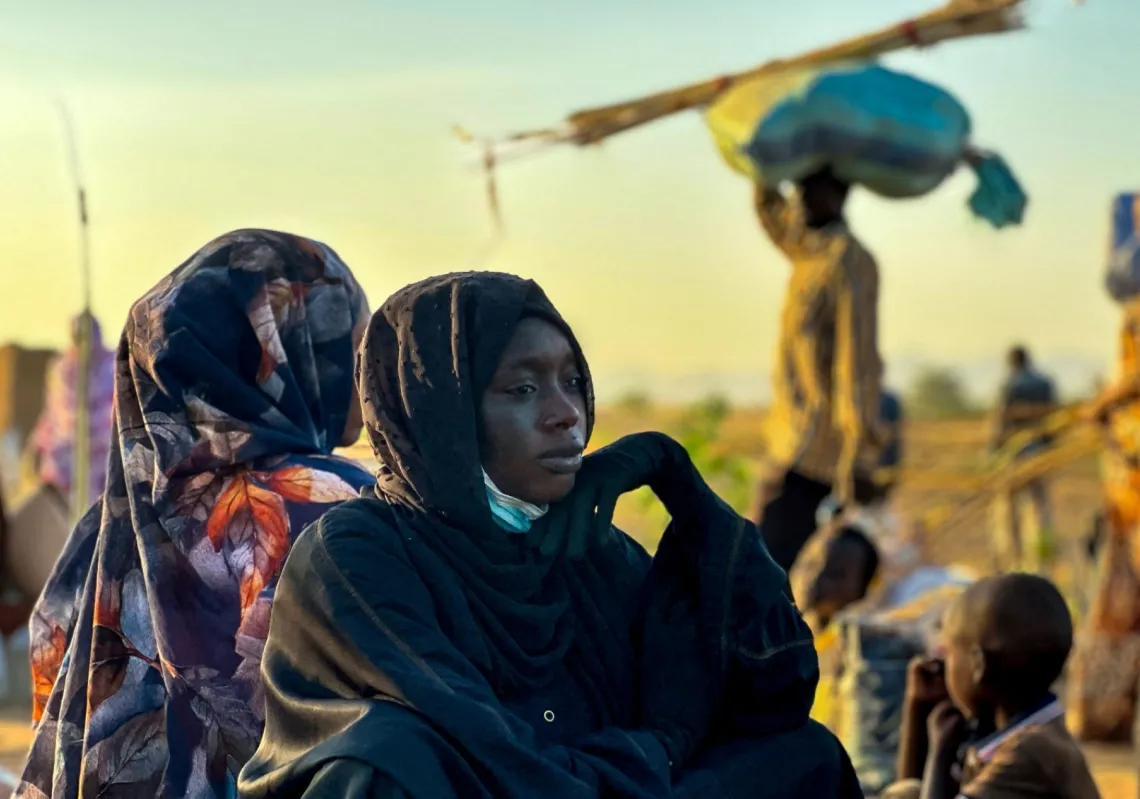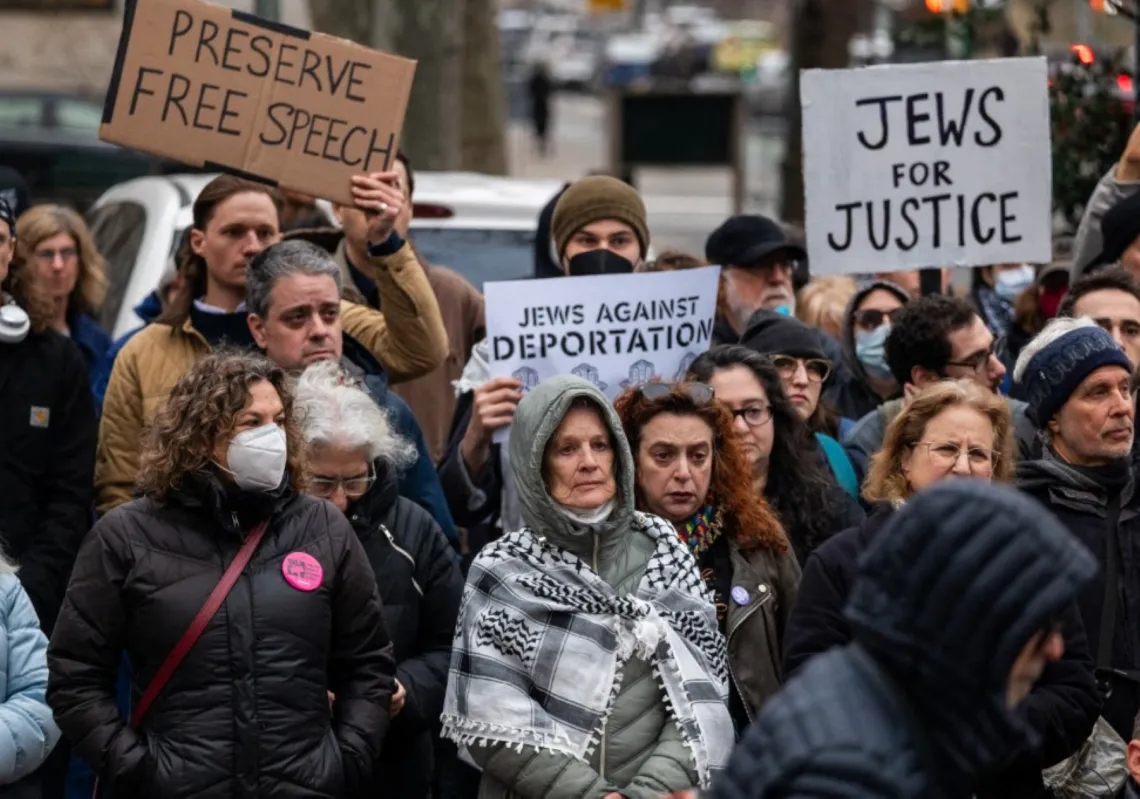The European Union’s (EU) share of gas in its consumption of primary energy has risen from 18% in 1990, to 24% in its latest count. Gas plays a crucial role in its strategy to lower carbon emissions. The EU - the world’s largest economic bloc - is seeing its dependence on imports of gas rise: domestic reserves are starting to run out. The EU has recently run into severe problems with the behaviour of its main external gas supplier, responsible for 40% of its imports: Russia’s export monopoly Gazprom. Gazprom has become one of the Kremlin’s national champions, conveniently manipulated in order to pursue other political goals in Russia’s neighbourhood. Conflicts with former members of the Soviet Empire, such as the Baltic States (now part of the EU), Ukraine, or Belarus, have led to gas supply cuts. The last one in January 2009 has left thousands in the cold in the midst of winter and paralysed large swathes of domestic economies in the EU. Worst hit were the new EU member states, formerly part of the Soviet bloc, which have joined the club since 2004. While their economies have diversified away from their former industrial and trade integration with Russia, their gas markets have not. The former Soviet pipelines still feed individually, like an umbilical cord, each Central and Eastern European country, on their way to the big markets in the West.
Slowly, however, the EU’s domestic gas market organization is changing. A guardian of the EU’s single market, the Commission in Brussels has several times stepped in to untangle the knots that prevent the EU’s gas markets from functioning as one. Dominated by domestic monopolies or oligopolies, generally in the hands of governments which prioritise good relations with Russia, European markets have seen insufficient investment into alternative supply routes, interconnecting pipelines, LNG terminals, or storage capacity to meet demand in case of emergency. If the EU’s markets were fully integrated, the drama of early 2009 wouldn’t have occurred. Indeed, if, say, the big and diversified German and the currently fully Gazprom-dependent Bulgarian gas market were interconnected, for example, Bulgaria would be able to quickly switch to emergency deliveries from Germany and tap into previously stored reserves. Yet most national gas companies just don’t invest because they have the wrong incentives in an environment that doesn’t provide sufficient room for competition. A growing set of evidence shows that the only genuinely effective way to increase competition and therefore raise investment is the path taken by the United Kingdom and the Netherlands: to dismantle the currently vertically integrated gas behemoths and separate their production, transmission and supply activities, a term dubbed “full ownership unbundling”. It is not surprising that Qatar’s main export target is the liquid and dynamic UK market. The Commission has proposed legislation in 2009 to oblige EU member states to follow that model. But due to fierce resistance many of the provisions will not be applied uniformly across the bloc. Yet resistance is likely to wane.
In parallel to legislating, Brussels has launched antitrust investigations against big energy majors such as Italy’s ENI, or Germany’s RWE that revealed these companies restrictive practices such as precluding access by other suppliers to their transmission networks, or under-investing in pipelines to keep supply scarce. The Commission’s pressure is likely to give non-incumbent suppliers greater chances to serve the EU’s lucrative consumers.
Times are changing even in countries that have so far favoured cosy relations with Russia to supply their monopolised domestic markets. This is for example the case of Germany, the EU’s biggest gas market, a friend of Russia, but also a silent strategist to become less dependent in it. German companies have scaled up investment in LNG terminals, launched partnerships with Central Asia, and investment plans into new sources of supplies in Norway, Africa, and the Middle East. Germany is a proponent of a pipeline to route Central Asian and Caucasian (and potentially Iranian) gas, Nabucco. Germany’s Cartel Office has been busy cleaning up the domestic market, thus providing more opportunities for outsiders.
Central and Eastern European markets are also progressively changing. Hungary, keen to reduce its dependency on gas supplies from the single main pipeline that connects it to Russia has followed the British and Dutch model in 2007. Since then, investment into transport and storage capacity has soared. Hungary has surprised many in January 2009 by its ability to respond to the crisis, and to help out some of its less fortunate neighbours.
Gazprom is reacting. It has invested in Nigeria, partnered up with North Africans or aired plans for a “gas OPEC”. But Gazprom’s uncompetitive business model means it doesn’t invest sufficiently into new capacity and technology: it is not a lucrative partner. Nor does Russia like to coordinate its actions internationally. Middle Eastern players would be better advised to engage directly with a more competitive and reliable EU market.
Trade Policy Analyst at the European Centre for International Political Economy, Brussels, specialised in European and Russian foreign energy relations








